GUEST BLOGGER BITSY KEMPER
Imagine you have a piggy bank with money, and a clock with 24 hours. Every time you choose to do something, you’re giving up the chance to do something else. That’s “opportunity cost,” as I discuss in my chapter book series with Lerner Publications.
Let’s break it down simply…
When you buy something or spend time doing an activity, you’re choosing that over everything else you could have bought or done. For example:
- If you buy a vanilla ice cream cone, you’re not buying a chocolate cone
- If you spend an hour playing video games, you can’t use that hour to play outside
- If you go to the movies, you can’t do your homework during that same time period
Just like everyone has favorite colors or foods, there isn’t always one right answer. Everyone will have a different perspective. The opportunity cost for you might be higher for me on some things. For example, I love chocolate so it’s a high opportunity cost for choosing vanilla. You might prefer vanilla, so your vanilla choice is the better one for you. The point is, decision making isn’t always about what you choose. Sometimes you have to consider what you didn’t choose.
How to think about opportunity cost
- Every choice has a trade-off
- You can’t get time back once it’s spent
- Sometimes the best choice isn’t always obvious
Class exercise
Have the class think about what they would do if they won a $15 prize. Ask them to raise their hands to give examples of what they might do. Write down on the board anything that might actually cost $15 or less.
Not everyone has the best concept of what things cost these days, so you might need to lead the discussion. If a child says “concert ticket,” reply with something like “a concert ticket would cost more than that, but you could buy a movie ticket.”
Examples might be:
- See a movie
- Buy a new book
- Save the money
- Get ice cream with a friend
When you have a decent list, pick one example to use for the whole class. In this example we’ll use movies. Ask everyone to imagine they decided to use the $15 to see a super great blockbuster movie that’s coming out.
Outcome A
Now have them imagine the movie is over, and they loved it. Best movie ever. Point back to the list of other things on the board. Explain that all these other things were the opportunity cost of the movie. They made the right choice because there is nothing on that list they would rather have done, at that time, with that money. Zero opportunity cost!
Outcome B
Now have them imagine the movie was terrible. Turn to the list on the board again. They might wish they’d done something else with their money and time. Maybe they really wished they bought a new book instead. That makes those items a higher opportunity cost than having gone to the movie. The other choices would have more appealing. Their time and money would have been better spent at one of those things on the list…but they’d only know after the movie is over. (If they knew the movie was terrible they wouldn’t have chosen it!)
High and low opportunity costs
Enjoying the choice you made has a low opportunity cost. You feel good about it.
Wishing you picked a different option is a higher opportunity cost. It takes a toll on you, if you will.
The key is learning to make smart choices by thinking about what you’re giving up when you choose one thing over another. You can guess the opportunity cost, but you won’t know for sure until after it’s over. Let the class know that as they get older and make more and more choices, they’ll get better at guessing which choices will make them happiest; the ones with the lowest opportunity cost.
Featured image credit: “Mystic Ice Cream flavor selection sign” by Whoisjohngalt is licensed under CC BY-SA 4.0.
Bitsy Kemper has written 24 children’s books and the new Mommy & Me Micro-Moments: Fun, 5-Minute Devotions for Moms and Kids. She’s been on CNN and CBS This Morning, and graced radio, newspapers and magazines across the nation. When not yelling at raising three kids (four if you count her husband) she’s knee deep into yoga. You can often find her helping out at church or hiding all the dark chocolate (but not both simultaneously). She rocks author visits and conferences from California to New York. Find out more at www.BitsyKemper.com or @BitsyKemper on Facebook, Instagram, and Twitter.


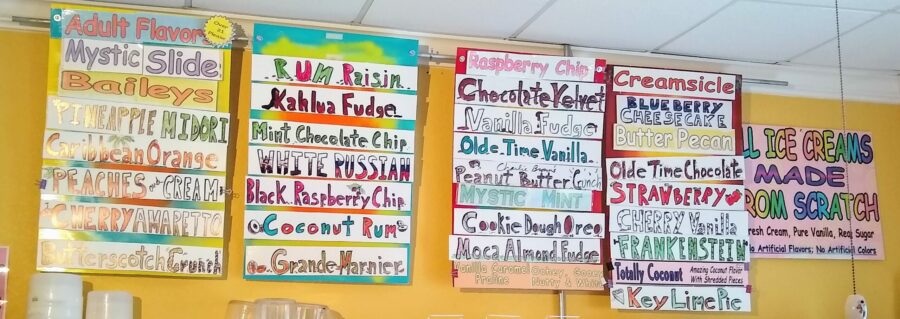

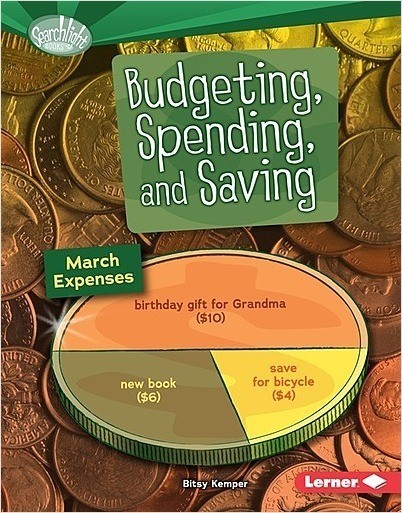

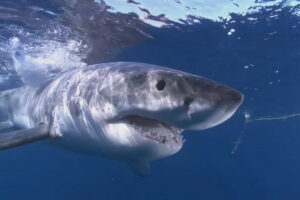
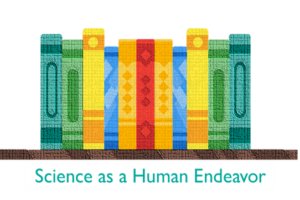
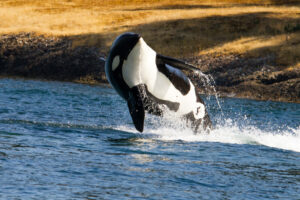


Leave a Reply
Your email is safe with me.